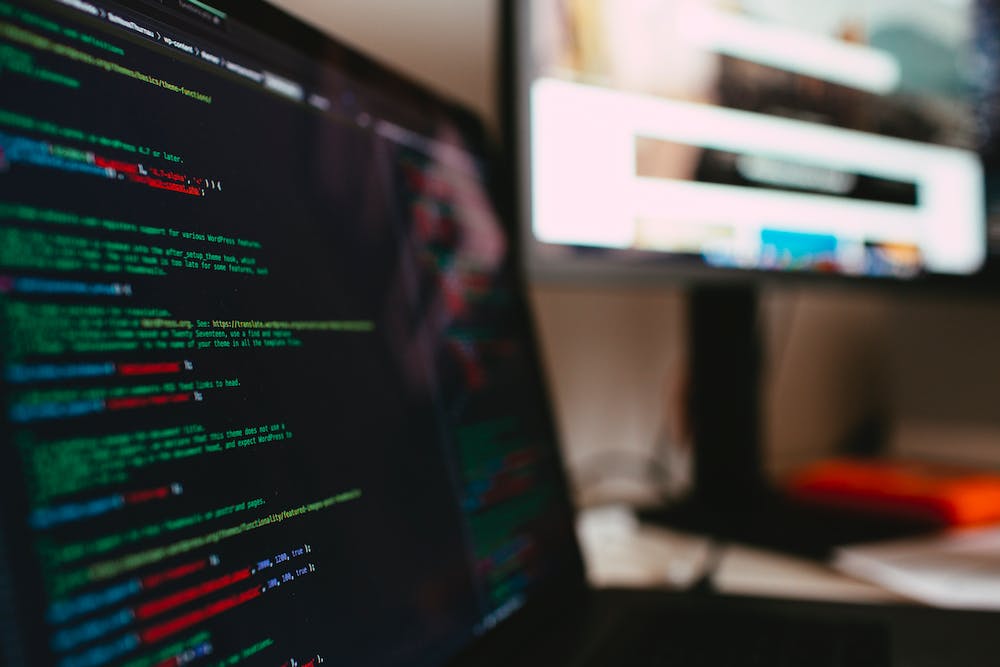
PHP is a powerful and popular scripting language that is widely used for web development. If you are a Mac user and want to install PHP on your system, you might think IT‘s a complicated process. However, I will show you how simple it is to install PHP on your Mac in just 7 easy steps. You won’t believe how quick and easy it is!
Step 1: Check Your Mac’s Version
Before you begin the installation process, it’s important to check your Mac’s version. To do this, click on the Apple logo in the top-left corner of your screen and select “About This Mac.” This will display your Mac’s version information, which is important for ensuring compatibility with the PHP version you will be installing.
Step 2: Install Homebrew
Homebrew is a package manager for macOS that makes it easy to install and manage software packages. To install Homebrew, open Terminal and paste the following command:
/bin/bash -c "$(curl -fsSL https://raw.githubusercontent.com/Homebrew/install/HEAD/install.sh)"
Follow the on-screen instructions to complete the installation. Once Homebrew is installed, you can use it to install PHP and its dependencies.
Step 3: Install PHP
With Homebrew installed, you can now use it to install PHP. In Terminal, simply run the following command:
brew install php
This will download and install the latest version of PHP and its dependencies on your Mac.
Step 4: Verify the Installation
Once the installation is complete, you can verify that PHP is installed correctly by running the following command in Terminal:
php -v
This command will display the version of PHP that is now installed on your Mac, confirming that the installation was successful.
Step 5: Configure PHP
By default, Homebrew will install PHP with a basic configuration. If you need to make any changes to the PHP configuration, you can do so by editing the php.ini file. This file is located at /usr/local/etc/php/.
Step 6: Set Up PHP-FPM (Optional)
If you want to use PHP-FPM (FastCGI Process Manager) with Nginx or Apache, you can set it up by running the following command in Terminal:
brew services start php
This will start the PHP-FPM service and set it to run automatically at startup.
Step 7: Test PHP
Finally, you can test your PHP installation by creating a simple PHP file and running it in your web browser. Create a new file called info.php and add the following code:
<?php phpinfo(); ?>
Save the file in your web server’s document root (e.g., /Library/Webserver/Documents/) and then open it in your web browser. If PHP is installed correctly, you should see a page displaying detailed information about your PHP installation.
Conclusion
As you can see, installing PHP on your Mac is a straightforward process that can be completed in just 7 easy steps. By using Homebrew, you can quickly and easily install PHP and its dependencies, allowing you to start developing web applications on your Mac in no time. Whether you are a beginner or an experienced developer, installing PHP on your Mac is a simple task that anyone can do.
FAQs
Q: Can I install multiple versions of PHP using Homebrew?
A: Yes, Homebrew allows you to install multiple versions of PHP and switch between them using the brew unlink php and brew link php@{version} commands. This can be useful for testing compatibility with different versions of PHP.
Q: Can I use other package managers to install PHP on my Mac?
A: While Homebrew is the recommended package manager for installing PHP on a Mac, there are other options available, such as MacPorts. However, Homebrew is widely used and well-supported, making it the best choice for most users.
Q: How can I keep PHP up to date on my Mac?
A: You can use Homebrew to update PHP and its dependencies by running the following commands in Terminal:
brew update
brew upgrade php
These commands will update Homebrew itself and then upgrade PHP to the latest version, keeping your PHP installation up to date.





